Interview: Dan Fortune of NIGHT OF A THOUSAND JUDYS at Joe's Pub June 5th
Publicist, photographer and producer Dan Fortune has his first-ever interview with Broadway World Cabaret.
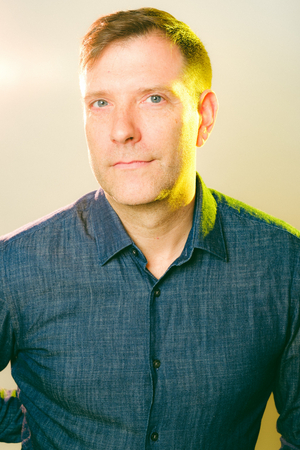 Today is a very big day for Dan Fortune. One of the most popular and in-demand publicists working in the industry today, Dan is an artist whose hobby of photography seems to be making a move to the front burner of his life, as he becomes more and more in-demand as a portraitist and show documentarian. But that's not what today is about. Today is about Judy, Judy, Judy... all one thousand of them.
Today is a very big day for Dan Fortune. One of the most popular and in-demand publicists working in the industry today, Dan is an artist whose hobby of photography seems to be making a move to the front burner of his life, as he becomes more and more in-demand as a portraitist and show documentarian. But that's not what today is about. Today is about Judy, Judy, Judy... all one thousand of them.
Since 2011 Dan Fortune has been acting as a producer of the NIGHT OF A THOUSAND JUDYS benefit concert created by raconteur Justin Elizabeth Sayer. Dan made it his mission to do all the administrative work so that Sayer could focus on the writing and hosting of the gala benefitting the Ali Forney Center which provides shelter for LGBTQIA+ youths. One of the events to which people look forward, from year to year, Night Of A Thousand Judys requires Herculean efforts from all involved, but the pay-off is great for everyone, from the artists to the audience to the good folks at Ali Forney Center.
And that show will happen tonight at Joe's Pub at 7 pm, just five days before what would have been Judy Garland's one-hundredth birthday.
As the week has swirled around him like a tornado, Dan Fortune was gracious enough to take time out of his schedule to answer a few questions from Broadway World Cabaret about his work as a publicist, his art as a photographer, and why Night Of A Thousand Judys has become the legend that it is... and maybe he has some things to say about the legend that it represents.
This interview was conducted digitally and is reproduced with minor edits.
Dan Fortune, welcome to Broadway World!
Hi, Stephen.
You are one of the most industrious publicists working in the business right now. Throughout my life, I have heard people say "press agent" and "press rep" and some other descriptive nouns for kind folks who do what you do. How does your business card announce you?
That's an interesting distinction. I tend to think of "public relations" as rather abstract and more about strategy and imaging consulting. Whereas I think a "press agent," "press representative" or "publicist" - which I tend to use interchangeably - while not without planning and strategy, are people who take a more hands-on approach and work directly with journalists and producers to generate actual media coverage. I consider myself in the latter category.
Publicity is such a specific career choice - how does one, first, become aware that it's an option in life, and then make the decision to follow that path?
Like most publicists I know, I basically stumbled into it. Publicity is mostly a business-to-business transaction, so it's relatively invisible to the outside world. Even after working in the industry for a few years, it took me a while to figure out it was something I actively wanted to choose for myself. But the pieces fell together. I love publicity because it lets me be a professional fan; to use my devotion to music and theater to do some good and make things happen. Since I opened my own company - Fortune Creative, in 2013 - I have had the privilege of choosing my own projects, which enables me to be legitimately enthusiastic about them. Whether it's a concert venue like Birdland or a label like Ghostlight Records, I get paid to play cheerleader for music I would be listening to anyway. So it's a perfect situation.
For the benefit of our readers who don't know, what does a day in the life of a show business publicist look like?
There is no typical day, which is one of the reasons I like it. I usually spend my time writing press releases or reaching out to journalists to suggest a review or an interview. Then I organize the details once they're set. I get to see shows, which is the best part. People expect you to know what's going on!
With every job, there are high moments of satisfaction. What are the aspects of your life in publicity that give you satisfaction highs?
There are plenty of artists who dedicate their lives to their careers but don't get the proper attention needed to reach a larger audience, especially for a smaller project. So if I can use media coverage to help a writer or performer get to the next level, that is very satisfying.
If I can get in on the ground floor for a new project, that can be quite fulfilling. A recent example is my work with singer/songwriter Eleri Ward, who had just recorded an album in her closet when we met. After the record was launched through Ghostlight Records, the music really took off; now she's going on tour with Josh Groban this summer.
Your work in publicity is not your only focus in life. During the last three years, you have emerged as a growing photographic talent in the industry. Can you put a picture in my head of your relationship with the art of photography?
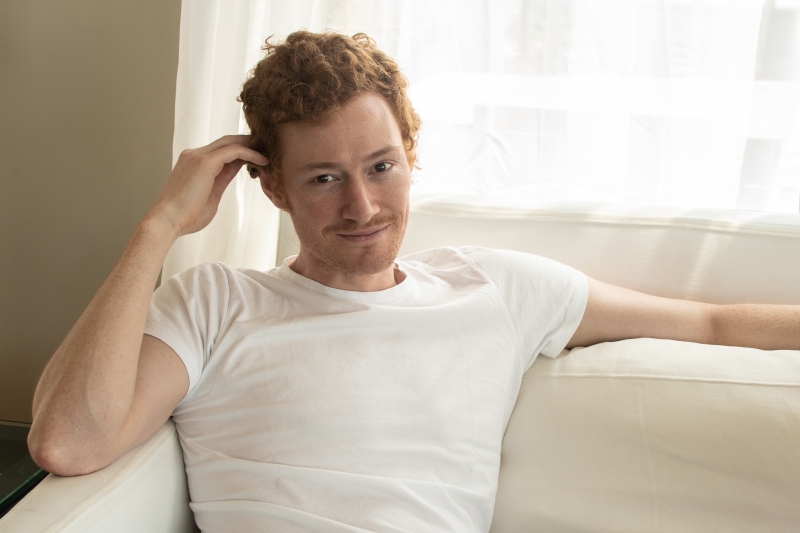
I started photography in high school, printing images in a makeshift darkroom in the basement, using my uncle's old equipment. But I forgot all about it after leaving for college. Every few years after that, I would give it another try... then get frustrated when my pictures didn't look the way I wanted them to. When I realized it was a fascination that kept coming back, I decided it was time to listen to the universe and pursue it more seriously. I knew I had a good eye for basic composition, but it dawned on me that photography is something people study and train for. So then I started taking classes at the International Center of Photography to hone the technical skills I needed to create work that I was proud of. I had several friends that I really trusted artistically who said "You could really do this..." So I just kept on going.
It's important to me to keep it fun and light. If I took assignments or tried to get paid, I worry it will feel like a responsibility and that special magic of taking pictures would fade. I'm planning to keep photography as a hobby for the foreseeable future.

I took a terrific ICP class with photographer Deborah Feingold called "The Art of Imitation," where you shoot in the style of famous portrait artists like Richard Avedon and Diane Arbus. The point is to experience the quirks and signatures of those artists' work to learn more about yourself as a photographer and start to develop a personal style. Just as importantly, the class helped me experience a community of like-minded people who take photography seriously but don't depend on it to make a living. Just being in that environment is very rewarding.
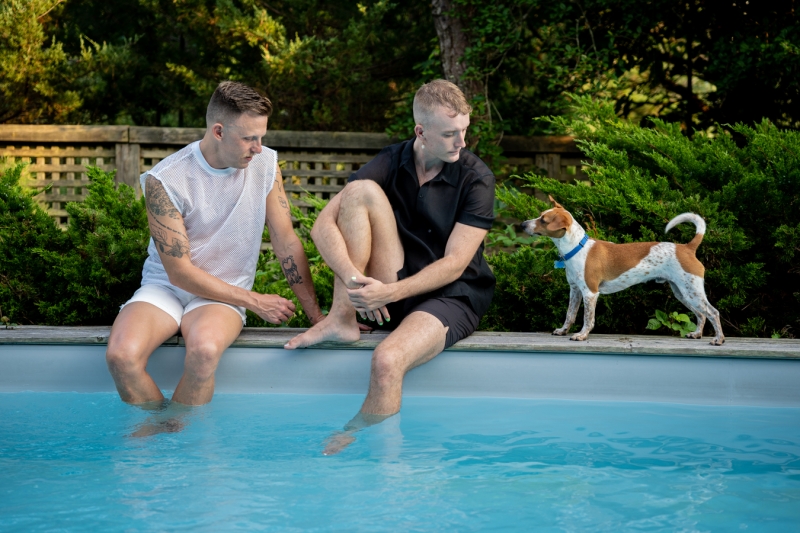
You are, in fact, one of my most admired artists, able to accomplish things that I never could, when I was behind the camera. Describe for me what happens in your head when you're making pictures, and how it filters into the work.
That's very flattering, thank you. Basically, I try to document something I haven't seen before. If I'm shooting a performer in concert, I try to find an angle they haven't been photographed from before. If it's a portrait, I try to put people in a new environment or show a different element of someone's personality that hasn't been captured as often.
Even if I'm just taking pictures of my friends hanging out, I try to preserve a moment in time that has never happened before and never will again. When people see good things in themselves reflected in my photos, it's very gratifying.
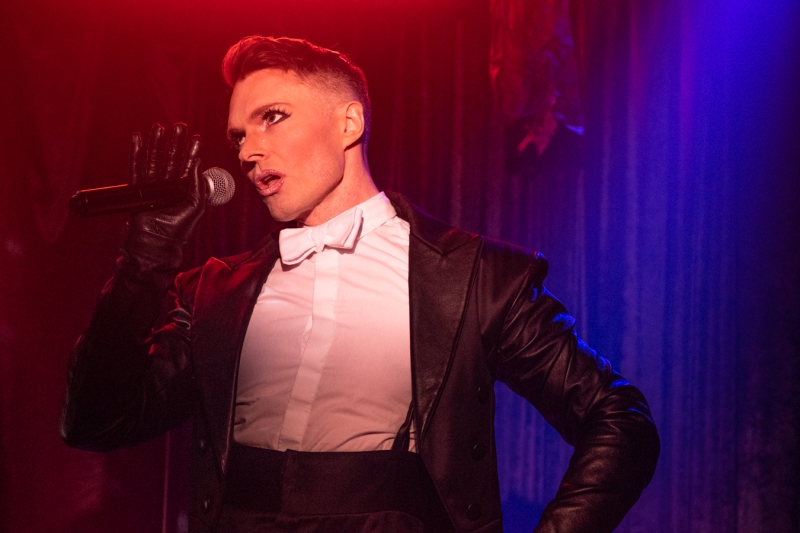
You shoot everything from studio to natural light, from still life to in performance. What area of your work gives you the biggest thrills?
I would say that I love anything that involves photographing people. There are such endless possibilities of movement, expression, and emotion. I've spent most of my career on the administrative side of the industry and I am proud of what I've been able to do. But photography actually gives me a way to be creative in a different way, and collaborate with artists and relate to them more as peers.
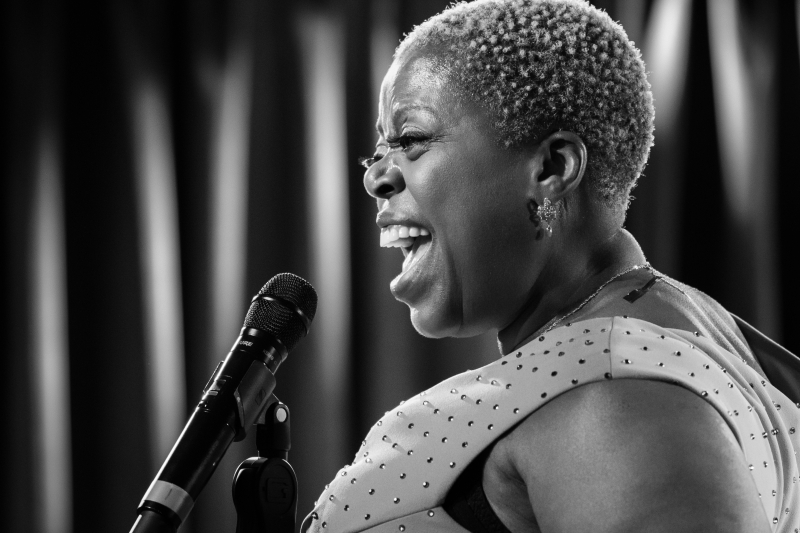
If you were making a vision board, what would the future look like, for you and your camera?
Oh, that's a great question. I've already been involved in some fun projects - vocalist and songwriter Rizo just printed one of my photos on a sweatshirt, so that's a first for me. My friends Ben Rimalower and Daniel Nolen perform in front of a shot of mine every week for their show "Cast Offs" at Club Cumming. Seth Sikes used my photos for a feature interview last year. Jeffery Self included an image of mine for an announcement on Deadline. And a friend is planning to use one of my images for his album cover. So it's nice when those things happen.

Pre-pandemic, I shot an amateur burlesque show at House of Yes in Brooklyn. There is a lot to play with there, so many vivid costumes and outrageous personalities. So I am considering expanding that into a larger project. I've also started photographing gay couples in their homes, and I'm playing around with the idea of a series of drag queens out of drag. There is so much to explore.

As if publicity and photography were not enough to keep you busy, you are the producer of the annual benefit NIGHT OF A 1000 JUDYS, coming up at Joe's Pub on June 5th. I'd love to know about that journey for you.
I do a lot of legwork on the evening, but the heart and soul of Judys is Justin Elizabeth Sayre, who created the show and has been writing and hosting it all these years. We were first connected in 2010 when our mutual friend Adam Rosen - an accomplished entertainment attorney and professor - was producing Justin's first benefit, which predated Judys. They asked "Do you know anyone who does pro bono publicity for benefits?" and I said, "I do... me!"
When Judys started in 2011, I started becoming more hands-on with picking the singers, choosing the songs, and, of course, publicizing the event. In addition to Justin and Adam, the team has included our indefatigable music director Tracy Stark, Ben Rimalower - who directed the first two years - and Peter James Cook, who has expertly helmed the event ever since. Jason Wise is returning to choreograph this weekend. It's a lot of work, but we have a good time. It's always the highlight of my year.
Is this a type of work that you would like to do more of, or is this something special, reserved only for this one, yearly event?
I have already produced a podcast and comedy album with this same team (plus an album by vocalist Maureen McGovern), so I like to gravitate towards projects that fill a niche. I am definitely open to other events, but it would have to feel organic. I would like to help create shows or music that I myself want to experience. It's less about selling a lot of albums or selling out venues.
This is a special year for Judy Garland fans - her one-hundredth birthday. What wonderful things do you and Justin Elizabeth Sayre have planned to make the event truly stand out?
Each year stands out on its own since we make it a priority to feature new talent every show. We encourage artists to conceive their own interpretations of Judy's songs, which has led to some singular performances. Once singer/songwriter Erin McKeown opened the show with a rockabilly "Get Happy." Kim David Smith put a disco spin on "The Trolley Song." Scott Matthew accompanied himself on guitar for a delicate acoustic version of "Smile." We've had Broadway stars, R&B legends, folk troubadours and jazz musicians over the years. We try to cast a wide net. The goal is to mix established stars from uptown and downtown with up-and-coming performers. I like the audience to feel as if they have experienced at least one major revelation per show. I've heard from several people that they've discovered a new favorite at Judys. I love it when that happens.
We also try to have the evening run the gamut of Judy's career. Of course, there are the major movie songs you expect to hear. But we try to mix in rarer numbers that might be from a more obscure movie or concert. Judy recorded regularly from the '30s to the '60s, so there is such a wide range of material to explore, from pop standards to chart hits to novelty songs. I really want someone to try "Purple People Eater," which Judy recorded at the Cocoanut Grove in 1959, but that hasn't happened yet. We try to embrace it all.
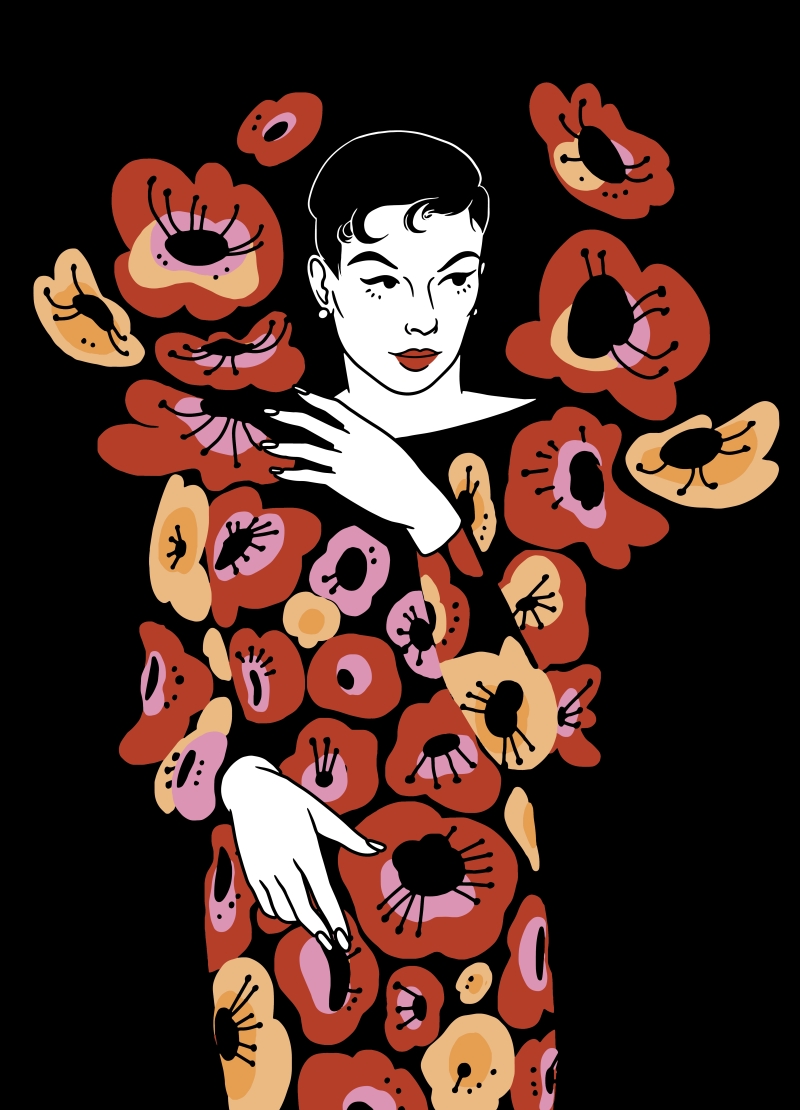
Another element I always look forward to: this is our sixth year of the Judy art auction, where we solicit visual artists from around the world to create Judy art, which then gets auctioned at the event to raise additional funds for The Ali Forney Center. We've already featured custom-made pieces by illustrators, graphic artists, and painters from the US, Canada, England, France, Spain, Italy, Austria, The Netherlands, Greece, Portugal, Mexico, Argentina, and Slovenia. For 2022, we are adding artists from Germany, Australia and the Czech Republic. We even had Judy portraits by Tommy Tune, Charles Busch, and Tonya Pinkins! The long-term goal is to publish a coffee table book with the art, along with text exploring the different angles of Judy's work and her resonance to various communities. Stay tuned for that!
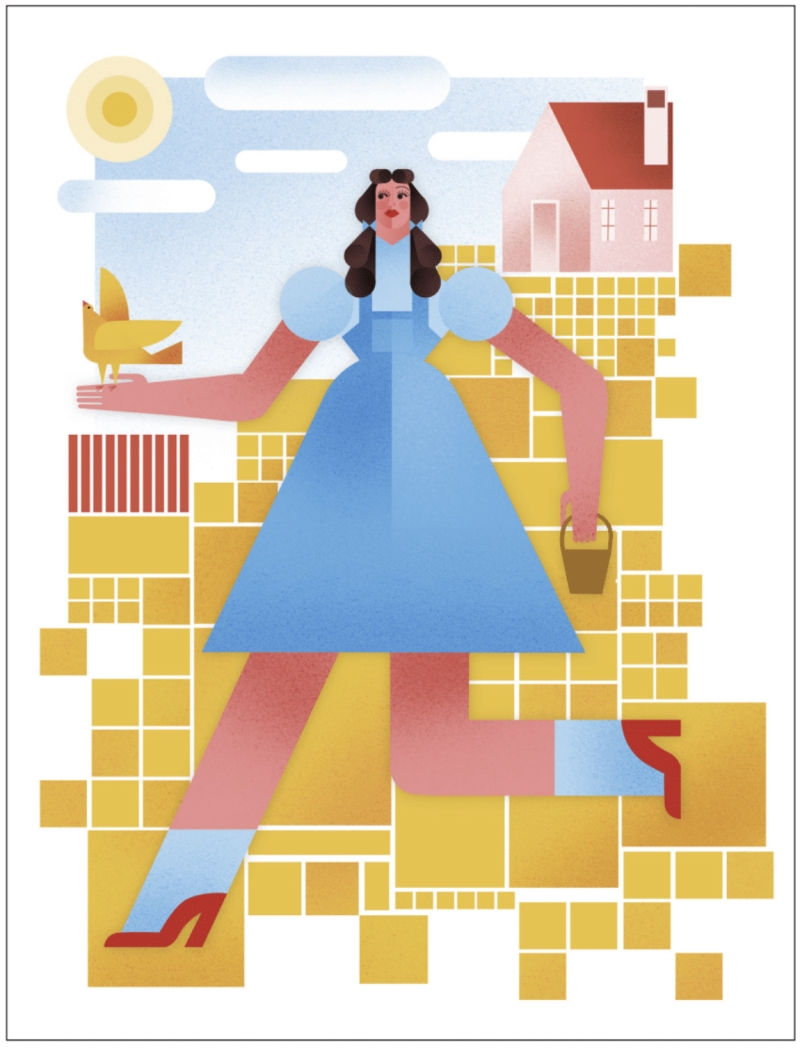
Do you have a personal relationship with the Judy Garland legend and canon, or do you do this work in service of the Night of A 1000 Judys organization and the Ali Forney Center?
Both. When I was in college I worked for an NYC radio station that specialized in the American Songbook. The station's program director maintained that Frank Sinatra, Nat King Cole, Peggy Lee, and Judy Garland were the four pillars of the genre, and all other great vocalists stemmed from them. So even though of course I respected Judy as an actress and a movie star, I came to her first as a concert and recording artist. So the beginning of my relationship with Judy was just loving to hear her sing: that full-throttle voice that was so electrifying on up-tempo numbers and tender on ballads, that simply got to the heart of each song. But that relationship expanded when I saw how much she meant to other people and how broad Judy's impact truly was... how some saw her as a survivor, how others saw their own struggles in her struggles. That Judy has influenced so many generations of fans has endeared her to me even more.
I thankfully have never needed the services of the Ali Forney Center - which provides housing and services for homeless LGBT kids - but having worked with their staff for over a decade now, I am constantly impressed with the dedication and care they take to make other people's lives better. It's an honor to help them in any way I can.
As a photographer, from a photographer's point of view, and using your photographer's eye, what is your favorite photo of Judy Garland?
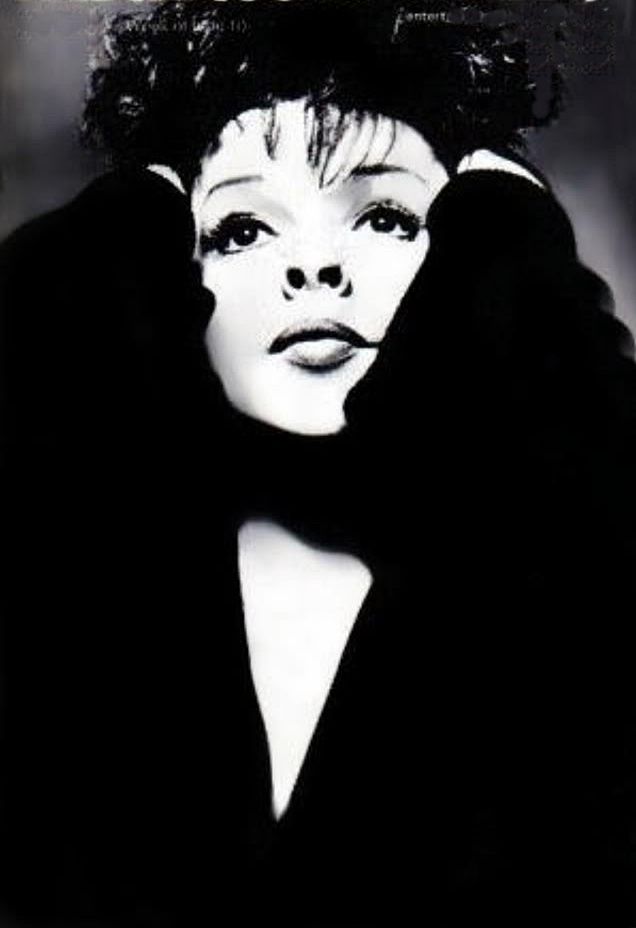
I love this question, so thank you for that. Hands down, Richard Avedon's stunning 1961 shot of Judy from Show Business Illustrated. As with everyone who sat for him, Avedon brought out her best qualities while also creating an image that transcends mere portraiture. He photographed Judy at various points throughout the '50s and '60s, but this shot was the pinnacle. It preserves her glamour and her resolve, her innocence and her vulnerability all at once. Judy and Avedon were friends and he captured her with an intimacy that sometimes only a friend can. Also, I would say that George Hurrell - when he was an MGM staff photographer in the early 1940s - was adept at showing her transformation from gawky child actor to alluring Hollywood star.
I am very excited to be attending the benefit this year - it will be my first one, in-person. What can I expect from the audience? Costumes? Couture? Any particular type of vibe or behavior?
The audience comes ready to have a good time. Justin often writes a special skit parodying one of Judy's movies. The most notorious was "Toto's Tale" from 2012: a re-telling of The Wizard of Oz from Toto's perspective, featuring Michael Musto, Flotilla DeBarge, Murray Hill, Frank DeCaro, and more. So the show embraces comedy too and doesn't take itself too seriously. We get the occasional Judy in the audience as well.
What is the best Judy Garland movie and the best Judy Garland song?
I will admit I have not seen each and every Judy movie - I haven't yet gotten to Pigskin Parade from 1936 - but I think the quintessential classic is A Star Is Born. Judy still has the fresh playfulness of her early films, but she is also presented as an adult. She is at her vocal peak, performing top-notch songs by Arlen and Gershwin. It's a monumental production with the epic "Born in a Trunk" medley. And it highlights her acting chops like few other pictures. I also love the way it places Judy on the cross-decade diva spectrum with Barbra Streisand and Lady Gaga. Incidentally, one of the best books I've ever read about Hollywood, or entertainment in general, is Ronald Haver's A Star Is Born: The Making of the 1954 Movie and Its 1983 Restoration. It recounts in amazing detail and nuance not only the creation of the film but the detective work needed to recreate it three decades later. It reads like a thriller and it's a thrilling read.
Without question, the best Judy song is "Come Rain or Come Shine." Every great vocalist - from Judy on to Streisand, Sinatra, and beyond - is at their best with that number. It has a certain elusive quality that acts as a blank canvas. Singers can apply any style or mood or emotion they want. Judy's famous version, with bongos and brass, is just pure excitement and adrenaline.
Dan Fortune, thank you so much for chatting with us today. I've wanted to do this for a long time, and you've made me very happy. I'll see you at Joe's Pub.
Thank you, Stephen Mosher, for the opportunity to talk about all my favorite things. See you at Joe's Pub!
For tickets to "Night of a Thousand Judys," visit the Joe's Pub website HERE. If you can't attend the event, but would still like to contribute to The Ali Forney Center, visit the fundraising campaign HERE.
For more of Dan Fortune's photography, follow him on Instagram HERE.
For updates from Fortune Creative, click HERE.
The portrait of Dan Fortune that opens this article was done by Austin Ruffer.
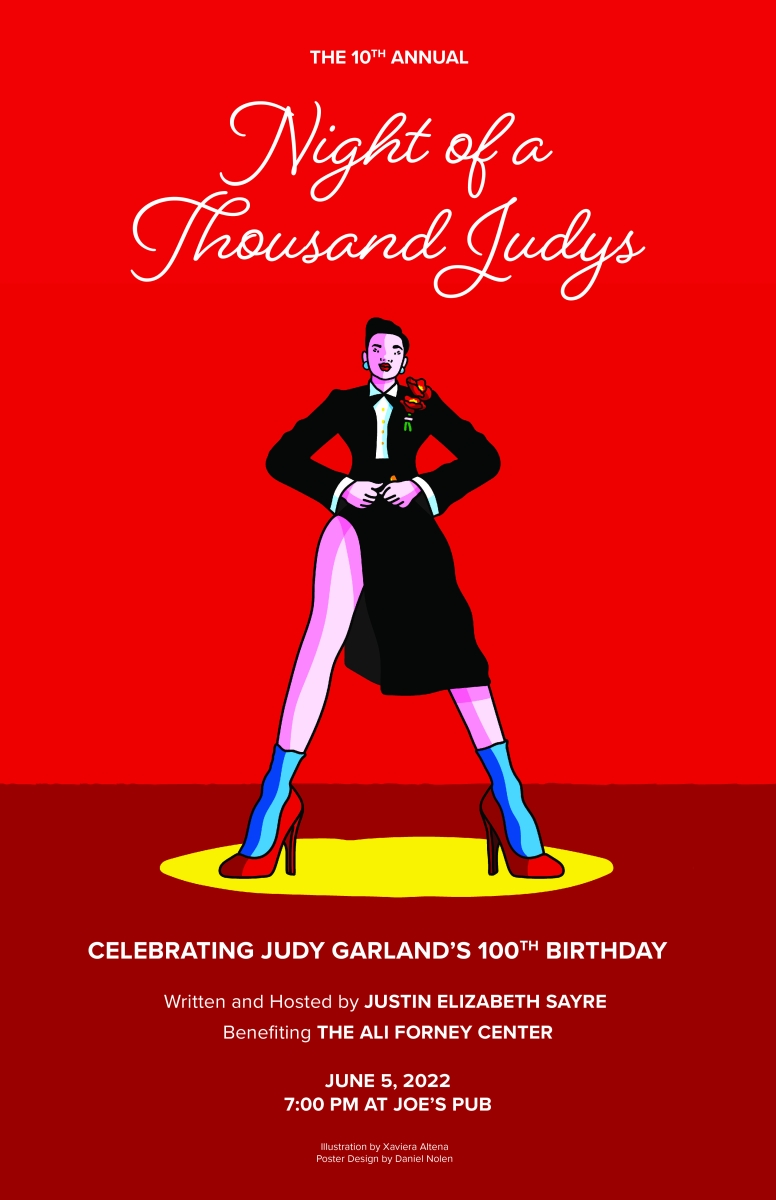
Comments
Videos

